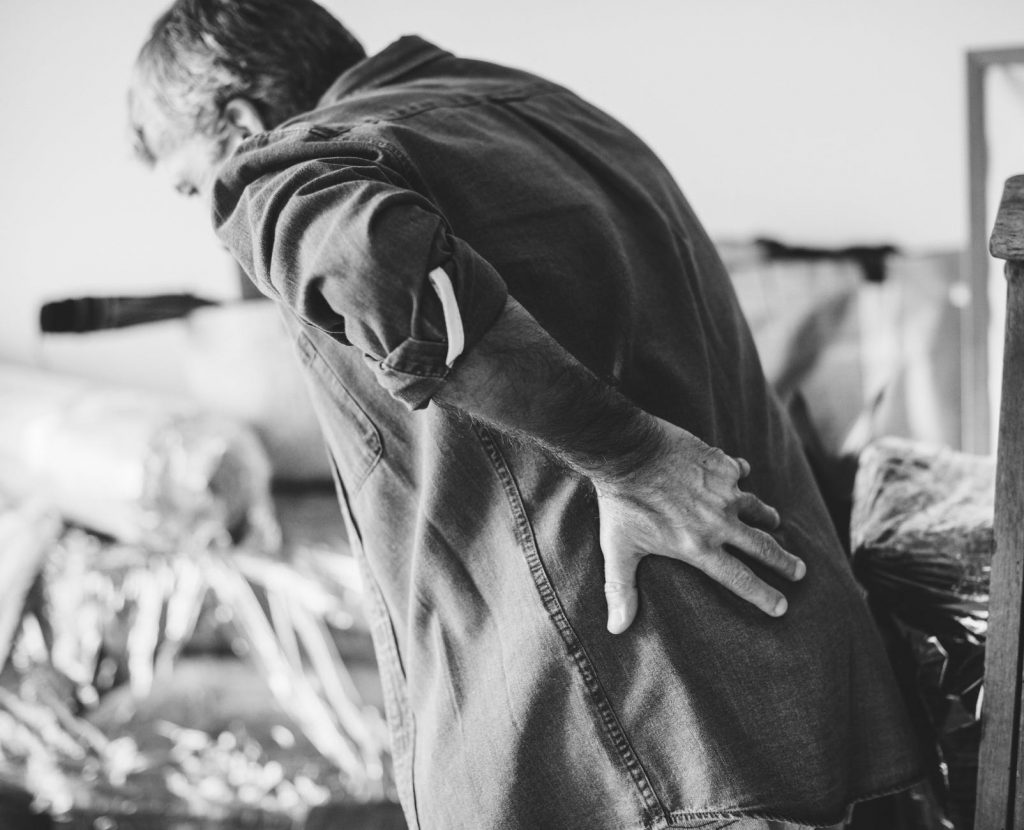Treatment
Some people who have had multiple and severe experiences with motion sickness have been helped by physical therapy that uses recurrent head movements and visual cues to replicate the environment that induced sickness, but this is not a common form of treatment. This is based upon the principle that habituation to certain movements and motions (getting accustomed to the type of motion) can occur, leading to a decrease in motion sickness over time when repeatedly exposed to the same movements.
- Clinical trials have yielded mixed results concerning the value of acupressure (pressure at the P6 acupressure point on the anterior wrist, located three fingerbreadths proximal to the proximal wrist fold). Manual pressure or pressure using a bracelet or wristband has been reported to be effective for motion sickness in some studies, but other studies have failed to show a benefit.
- Due to the characteristics of the vestibular system, the brain senses motion in a frame of reference centered upon the earth rather than on the individual. Therefore, keeping the eyes fixed upon the horizon or land while on a ship or boat can reduce motion sickness. Likewise, when in a car, individuals prone to motion sickness should sit in the front seat and gaze out the window rather than looking at a book, map, or computer.
- Other suggestions include picking the most stable section of a vehicle such as the center or front of a car, bus or airplane or the cabins near to the center waterline of a ship, wear sunglasses and/or recline your head (about 300) and support your head. Avoiding smells (like exhaust fumes), alcohol, dehydration and eat light and bland meals.
- Taking 1-2 grams of ginger orally has been used as an alternative medicine to prevent motion sickness. Studies both in experimental motion sickness and in naval cadets at sea have found that ginger, taken in advance, has reduced the symptoms of motion sickness. It is believed, however, that this benefit is due to the effects of ginger on gastric (stomach) motility rather than suppression of sensory input.
- Peppermint has also been suggested to reduce motion sickness and some people respond to acupuncture.
Motion sickness occurs when the movement that you see is differenent than what the inner ear senses.Motion is a common condition (about 1 in 3 people are highly susceptible).Motion sickness symptoms and signs are unpleasant, which usually are nausea, during real or perceived motion.
Motion sickness is more common in some groups of people thain in others. The reason for this is not fully understood. Examples include:
- People with migraines and vestibular migraines
- It is more common in women, especially during menstration or pregnancy
- Some studies suggest that motion sickness is more common among Asians and Europeans.
Motion sickness commonly occurs while traveling by boat (seasickness), although any type of travel or motion can induce the condition, for example, cars and buses (carsickness), trains, and plains (airsickness).
What Causes Motion Sickness?
The cause of motion sickness is complex and not fully understood, but most experts believe that it arises due to conflicts in sensory input to the brain. The brain senses motion through different signaling pathways from the inner ear (sensing motion, acceleration, and gravity), the eyes (vision), and the deeper tissues of the body (proprioceptors), for example, muscles. When the body moves involuntarily, such as when riding in a vehicle, there may be conflict among these different types of sensory input to the brain. The sensory apparatus in the inner ear seems to be most critical in the development of motion sickness.
